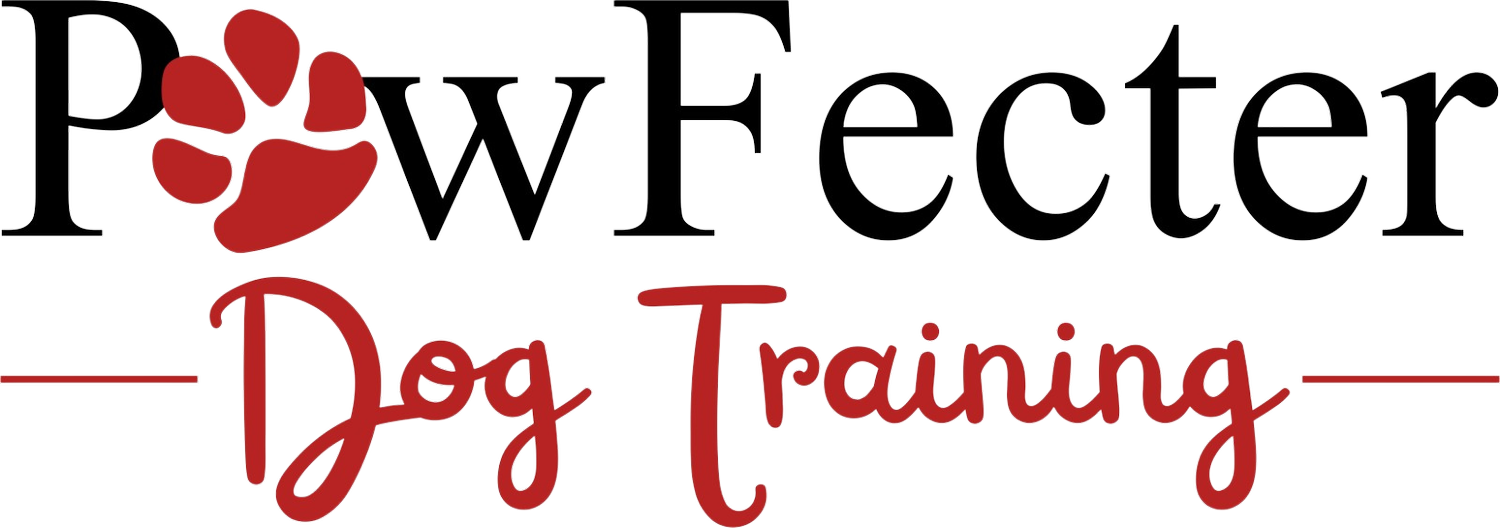The Tale of the Tail: Unravelling the Importance of a Dog's Tail
Ah, the tail – that ever-wagging appendage that speaks volumes without uttering a single word. In the rich tapestry of canine communication, the tail plays a pivotal role, serving as a dynamic tool for expression, balance, and social interaction. Let us delve into the fascinating world of the dog's tail and uncover its significance in the life of our loyal companions.
A Beacon of Emotion:
Picture a dog bounding towards you, tail wagging furiously – an unmistakable expression of joy and excitement. Conversely, a tucked tail signals fear or submission, while a stiffly raised tail may indicate alertness or aggression. The tail serves as a visual cue, allowing dogs to convey a myriad of emotions, from happiness and contentment to anxiety and apprehension. It's their own form of emotive semaphore, speaking volumes to those astute enough to interpret its language.
The Art of Balance:
Beyond its communicative prowess, the tail also plays a crucial role in a dog's physical equilibrium. Picture a tightrope walker with a balancing pole – the tail acts as a counterbalance, helping dogs maintain stability and coordination during movement. Whether navigating treacherous terrain or executing intricate maneuvers during play, the tail serves as a steadfast ally, ensuring graceful locomotion and agile agility.
Social Symphony:
In the intricate dance of canine social dynamics, the tail serves as a conductor, orchestrating interactions and fostering camaraderie. A friendly wag can signal approachability, inviting play and companionship, while a bristled tail warns of boundaries and alertness. Through subtle nuances in tail posture and movement, dogs communicate their intentions, establish hierarchies, and forge meaningful connections within their social circles.
The Tail as a Barometer of Health:
Beyond its communicative and locomotive functions, the tail also serves as a barometer of a dog's overall health and well-being. Changes in tail carriage, such as a sudden limpness or persistent stiffness, may indicate pain or injury. Similarly, excessive licking or chewing of the tail could signify underlying discomfort or irritation. Attentive observation of the tail's appearance and behaviour can provide valuable insights into a dog's physical condition, prompting timely intervention and care.
Caring for the Tail:
Given the integral role of the tail in a dog's life, it's essential to provide proper care and attention to this vital appendage. Regular grooming helps maintain hygiene and prevents matting or tangling of the fur around the tail. Vigilance is also paramount – inspect the tail regularly for signs of injury, inflammation, or discomfort, and seek veterinary attention if any abnormalities are detected.
In Conclusion:
The dog's tail is a multifaceted marvel, serving as a beacon of emotion, a cornerstone of balance, and a conduit of social interaction. Its importance transcends mere anatomy, weaving into the very fabric of canine existence. So, the next time you behold a wagging tail or a gracefully swaying appendage, pause for a moment to appreciate the silent symphony of communication and connection unfolding before you – a testament to the enduring bond between human and hound.

